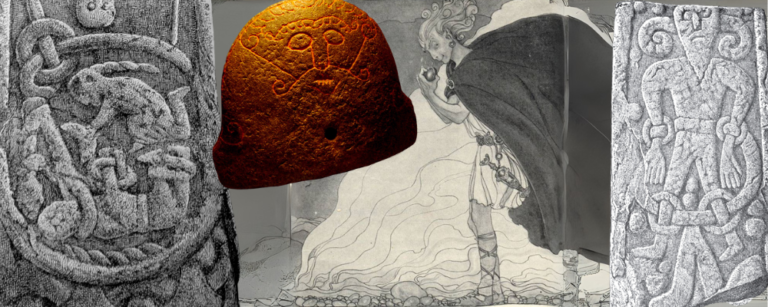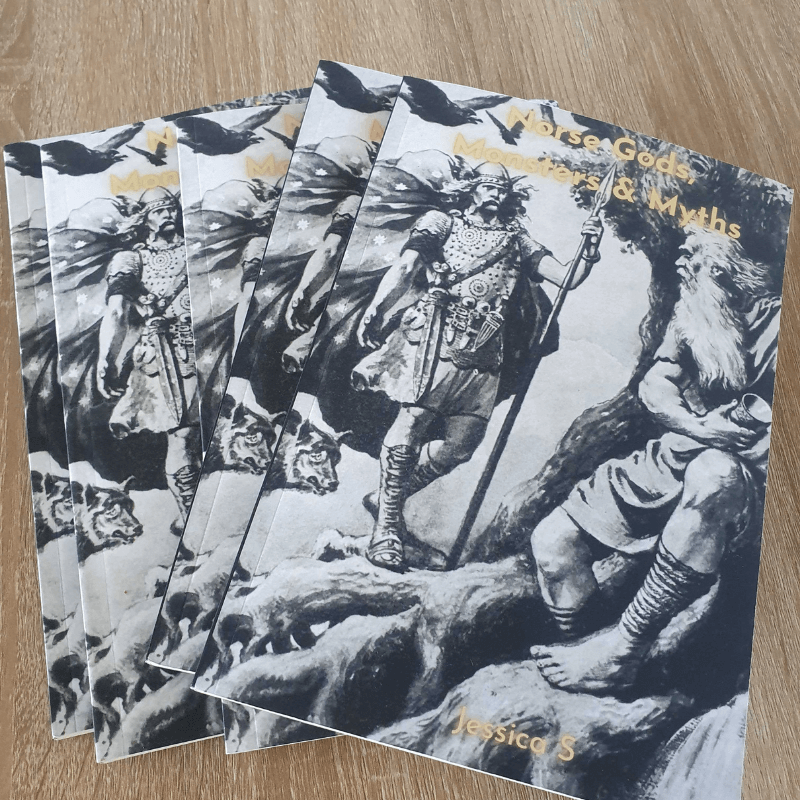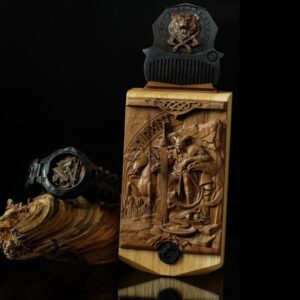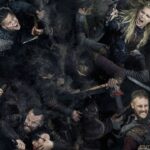Loki is one of the most popular figures in Norse mythology, but he is also one of the least understood due to his story being changed and stretched for modern entertainment.
However, anyone who knows Loki’s true story knows his real story is even more fascinating than fiction.
But to dispel some modern myths, let’s answer eight of the most frequently asked questions about Loki.
What is Loki the God of in Norse Mythology ?
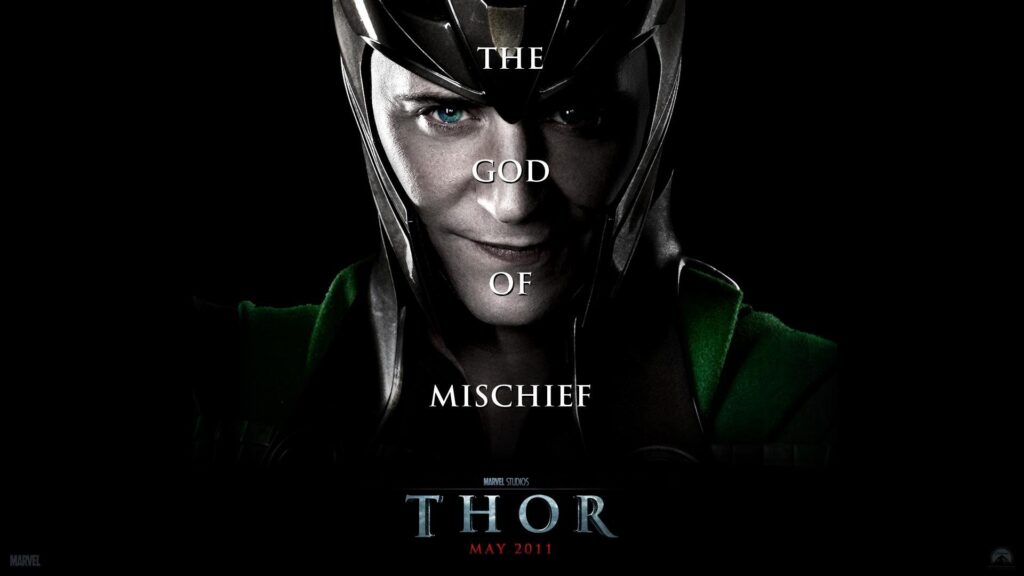
Loki is often called the trickster or the god of mischief, but how accurate is this ?
The gods of the Norse pantheon, just like many other polytheistic pantheons, are described as having domains of influence.
Thor is the god of thunder, protection, and fertility.
Odin is the god of war, wisdom, and wanderers. Freyja is the goddess of love, beauty, fertility, and Seidr magic.
But what was Loki the god of in Norse mythology ?
He is often described as the trickster god by modern interpreters, though none of the original sources say this explicitly.
This is taken from his actions, as it is usually Loki who gets the gods into trouble and then has to help get them out of it.
But while the god caused problems for the gods, there are no corresponding stories of him making mischief for men.
Moreover, there is no evidence that he was actively worshipped by the Vikings as a divinity that needed to be appeased, unlike Thor, Odin, and Freyja.
Rather than being a god of a specific domain in Norse mythology, Loki seems to represent an existential threat.
One day, he will lead the army that destroys the gods at Ragnarök.
This is inevitable and unavoidable, and the way the story is told, it is hard to see how it would happen without Loki.
What Clan is Loki from in Norse Mythology ?
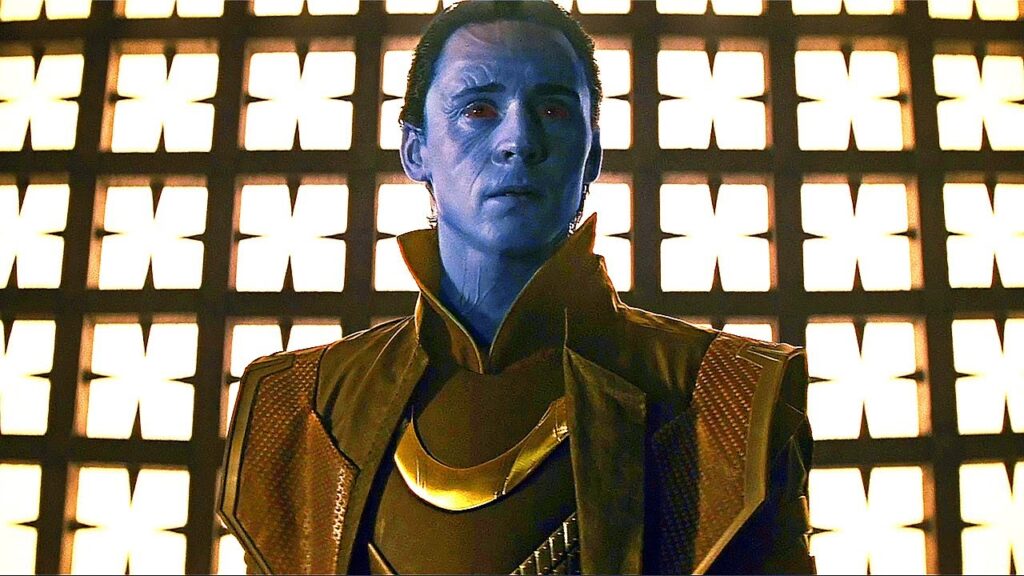
In Norse mythology Loki is a Jotun or giant, but where do these supernatural beings fit in among the many different groups of supernatural beings defined in Norse mythology ?
The main group of gods was the Aesir gods led by Odin, and since the beginning of time, Odin and the Aesir have been locked in conflict with the Jotun or giants.
This started because Odin and his brothers killed the first giant, Ymir, because he was procreating too quickly and the gods were becoming outnumbered.
But in descriptions of their appearance, abilities, and even their homes, gods and giants don’t seem that different. In fact, Odin was the son of the Aesir Borr and the giantess Bestla, and he himself had Thor with the giantess Jordr, so there was plenty of intermarriage between the two.
But while the Aesir gods seem to provide order to the chaos of the universe, the giants are a source of chaos that the Aesir believe needs to be confronted and contained.
There does seem to have been more than one type of Jotun.
There are the Jotun that live in Jotunheim, which is near the middle of the cosmos separated from Midgard, the world of men, by a body of water.
There are also fire giants locked in Muspelheim and led by the Surtr.
Loki is always described as a Jotun and seemingly belongs to the first category.
In addition to these two groups, there are the Vanir gods. These gods are described as more closely connected to nature and seem to sit somewhere between the Aesir and the Jotun.
They are forces for good bringing fertility and good luck, but also chaotic, engaging in barbaric practices like brother-sister marriage.
This led to war between the Aesir and Vanir gods, which was eventually resolved peacefully, After this, several Vanir gods went to live among the Aesir, including Freyr and Freyja, two of the most popular gods worshipped by the Vikings.
The Vanir were closely related to the Alfar, or elves, who seem to be a mix of Vanir gods and deified ancestors.
In short, the supernatural world in Norse mythology is complicated.
Who is Loki’s Father ?
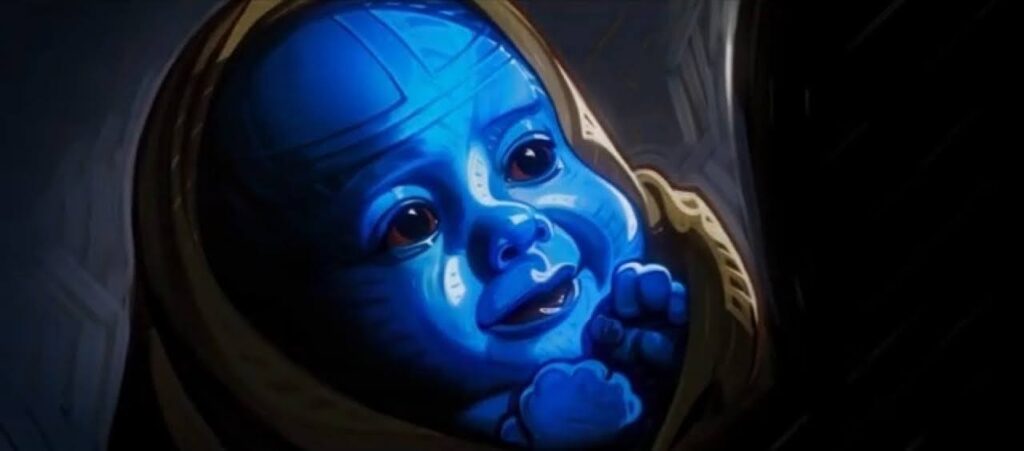
In Marvel stories, Odin is the adopted father of Loki, but this has no bearing on the story of Norse mythology, in which Loki and Odin are brothers due to a blood pact made always to drink together.
In Norse mythology, Loki is the son of a giant named Farbauti, about whom relatively little is known.
He is mostly known from Kennings for Loki, which refer to him as the son of Farbauti.
The name Farbauti means “dangerous striker” or “hostile striker.”
His mother is the equally enigmatic Laufey, and Loki is often called Loki Laufeyjarson, “Loki Laufey’s son.”
The name Laufey seems to refer to trees or foliage, suggesting that she may have been some kind of nature goddess.
Does Loki Use a Weapon in Myth ?
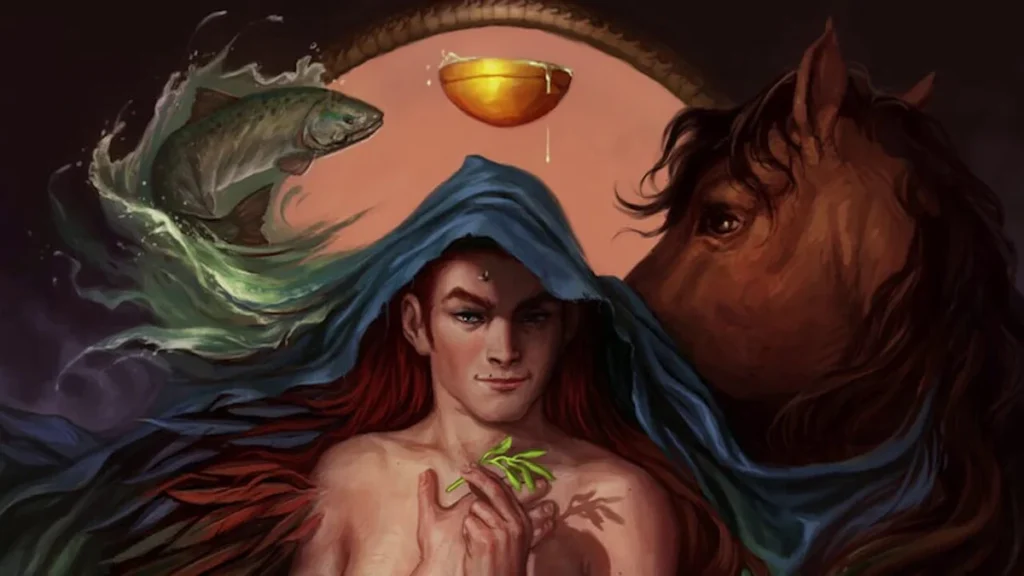
Unlike Thor with his hammer Mjolnir and Odin with his spear Gungnir, both of which were acquired by Loki from the dwarves, Loki is not described as carrying any particular weapon in Norse mythology.
He uses trickery as his weapon, and his ability to shapeshift seems to be his most important skill.
Loki shapeshifted into a mare to distract a stallion and prevent the walls of Asgard from being prevented on time.
He turned himself into a fly to distract the dwarven craftsmen making Mjolnir to try and ruin their work.
He turned into a salmon to escape the gods when they were determined to punish him for his role in the death of Balder.
What is the Myth about Loki’s Mouth Being Sewn Shut ?
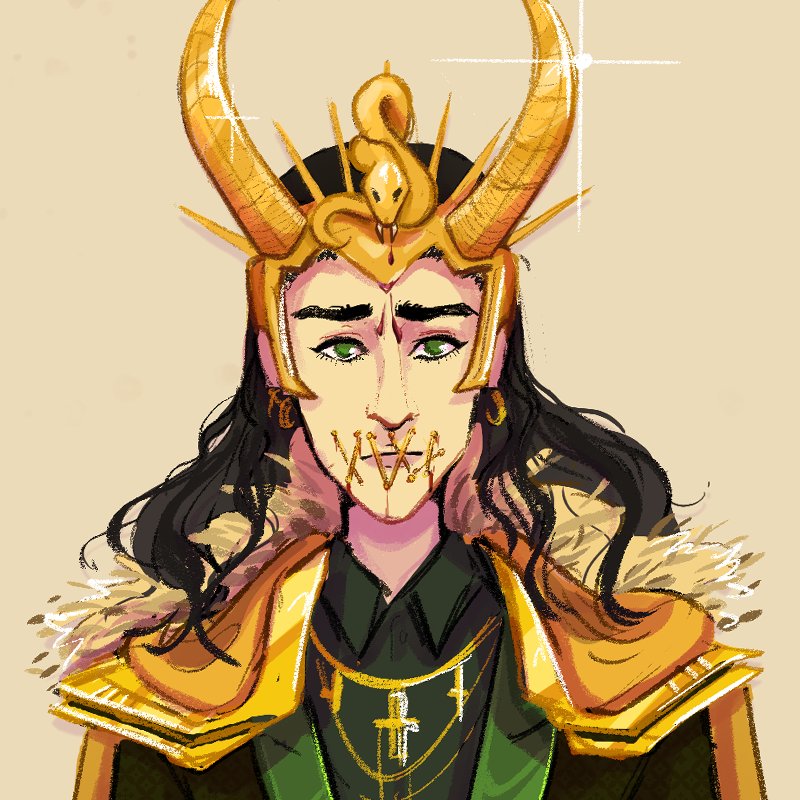
The myth about Loki having his mouth sewn shut is part of the story of how Loki obtained Mjolnir.
It all began when Loki removed the golden hair of Thor’s wife Sif as a prank.
Thor told Loki that he had better replace it with something equally fine or face the consequences.
To save his skin, Loki traveled to Svartalfheim, the realm of the dwarves, who were the master craftsmen in the Norse cosmos.
He convinced a group of craftsmen called the Ivaldi brothers to make an enchanted golden headpiece for Sif, plus additional presents for the gods to help appease their anger.
This included the spear Gungnir for Odin and the ship Skidbladnir for Freyr.
While waiting, Loki also visited another pair of dwarven craftsmen, Brokkr and Sindri.
He goaded the pair, saying that no other craftsmen could make treasures as fine as the Ivaldi.
The pair agreed to make three treasures of their own for the gods and allow Loki to take them to Asgard to be judged alongside those of the Ivaldi.
If one of the Ivaldi treasures was chosen as the finest, they could keep all the treasures at no cost.
But if the gods chose one of their treasures, they would take Loki’s head.
Loki agreed to the terms but then set about trying to sabotage their work, turning himself into a fly to distract the dwarves.
He failed to make much of an impact as they made the ring Draupnir and the boar Gullinbursti, but he managed to make enough trouble while they were firing Mjolnir that it came out with a handle shorter than expected.
Despite this defect, and Loki’s attempts to lose the brothers, all six treasures were taken to Asgard where Mjolnir was judged the finest of them all.
But when Brokkr and Sindri went to take Loki’s head, he denied them saying that he did not promise them his neck and they could not have one without the other.
They settled for a compromise of sewing Loki’s mouth shut.
However, this seems to have been temporary, as his mischievous tongue is free and well in later myths.
Are Loki and Thor Brothers ?
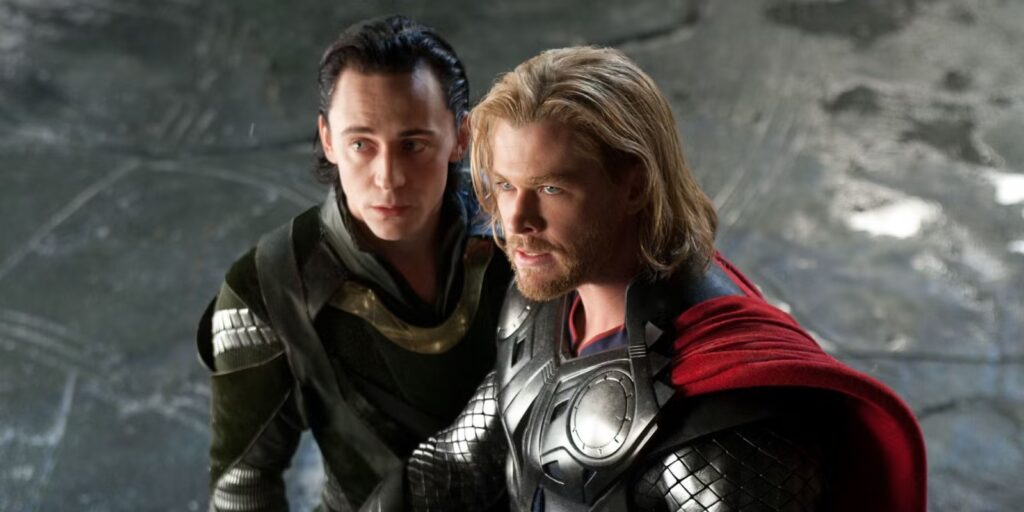
In the Marvel universe, Loki and Thor are adopted brothers because Odin found the giant Loki as a baby and took him home.
But in Norse mythology, this relationship doesn’t exist. Loki and Odin instead made a blood brotherhood pact, forging a close friendship between the pair who are often traveling companions.
But Loki seems to have forged a similarly strong friendship with Thor, and the two were also often traveling companions.
Most notably, Loki accompanied Thor when he cross-dressed as the goddess Freyja to retrieve his hammer from the giant Thrym.
It was also Loki who accompanied Thor on his voyage to the keep of Utgard-Loki in Jotunheim.
Is Loki the God of Stories ?
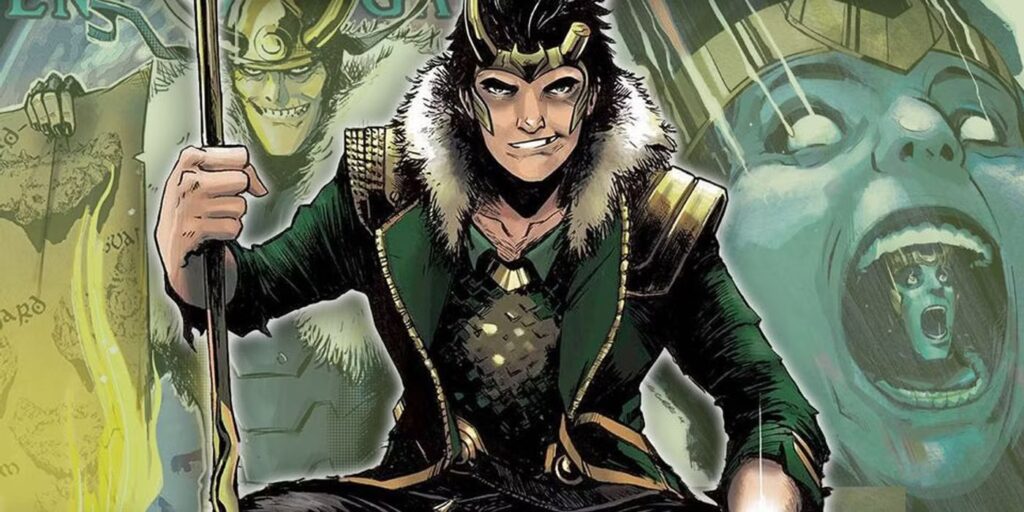
In the Marvel universe, Loki is sometimes described as the god of stories, an association that is exclusive to that fictional universe.
While Loki certainly knew how to spin a yarn and get himself both into and out of trouble, he was not linked with Norse storytelling.
Bragi was the god of bards and skalds, and Odin was associated with the Mead of Poetry, which gave men power over the spoken word to craft songs and sagas.
This happens when Loki goes back in time and becomes kid-Loki, erasing the original Loki and creating a new version of himself.
He is haunted by the original version of himself and is eventually faced with the choice of either embracing his role as a villain and god of lies, or destroying himself.
Loki being Loki, he finds a third way, finding a way to rewrite history through stories, becoming the god of stories.
How does Loki Die in Norse Mythology ?
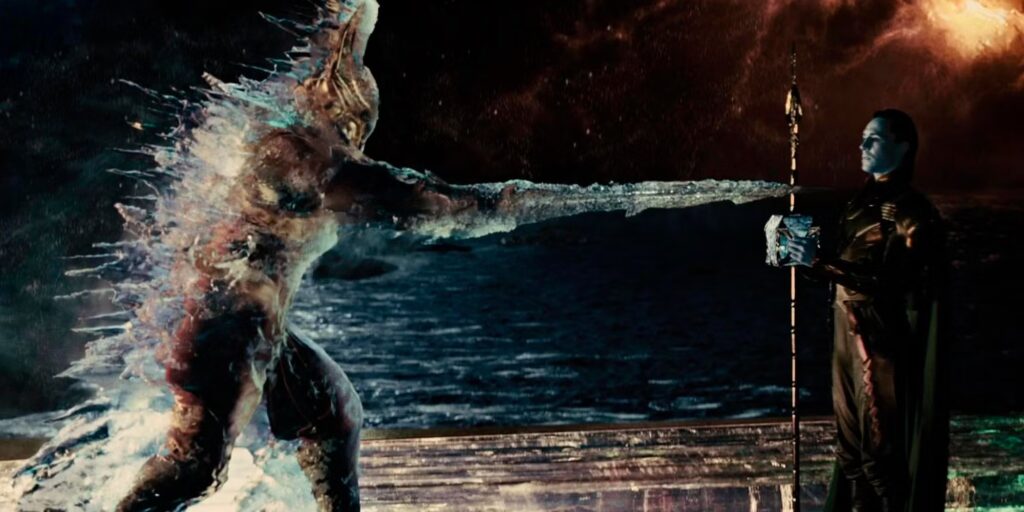
In Norse mythology, Loki is eventually expelled from Asgard and his blood brotherhood with Odin is broken when he causes the death of Balder, the son of Odin and Frigg.
As punishment, he is chained to two rocks with a venomous snake overhead dripping poisonous venom painfully onto his body.
He is destined to stay imprisoned here until Ragnarök, when the earthquakes that shake the world as part of the chaos allow him to break his chains.
Loki travels to the underworld Helheim where he meets up with his daughter Hel and they sail for Asgard at the head of an army of the unworthy dead.
They are also joined by two more of Loki’s children, the wolf Fenrir and the serpent Jormungandr, as well as giants from Jotunheim and giants from Muspelheim, who are also able to break out of their prison at this time.
What results is a cataclysmic battle in which both sides destroy one another, and the universe sinks back into the waters of chaos, from which it may or may not re-emerge.
But Loki specifically dies in combat with Heimdall, the watchman of Asgard.
